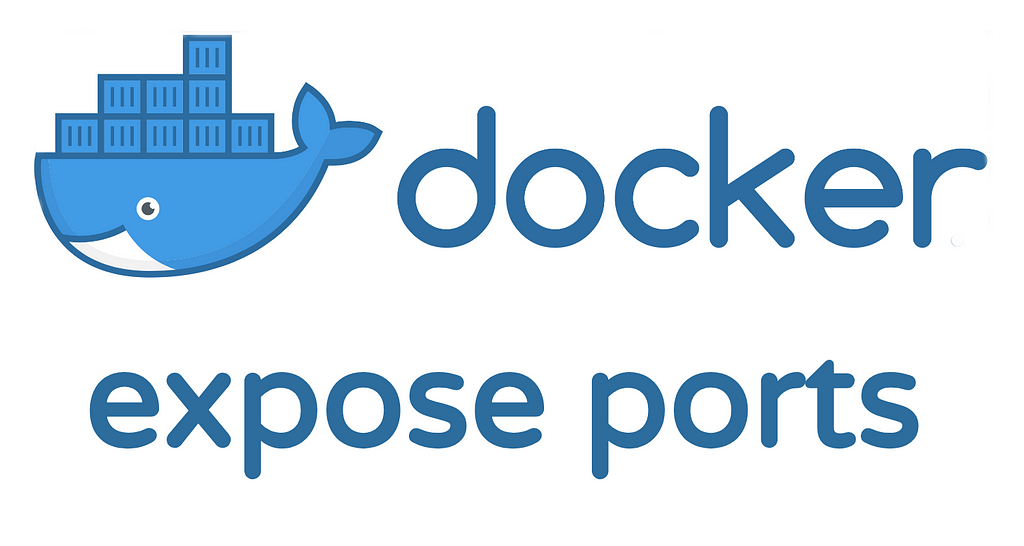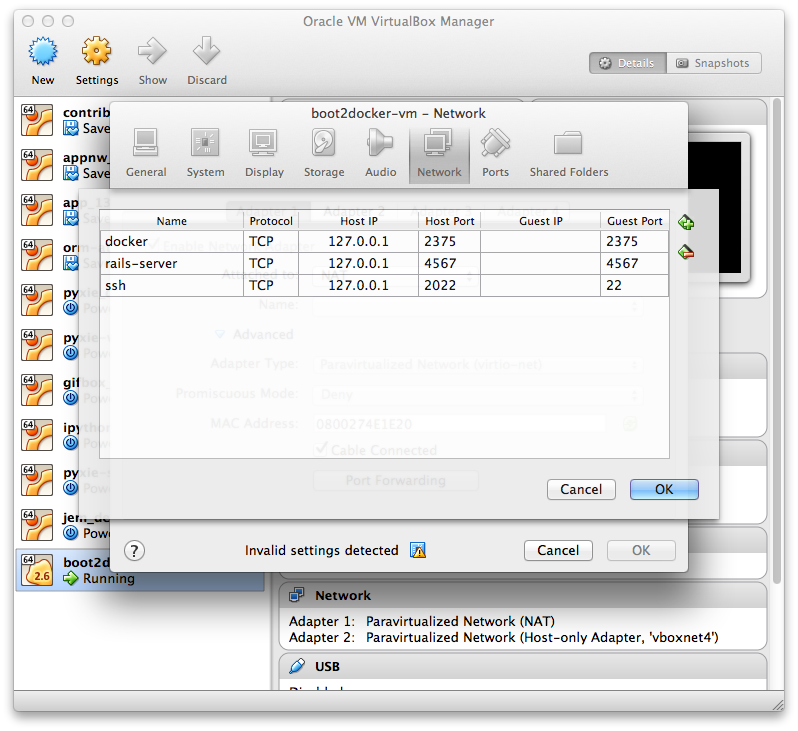

So, heres an example of using the flag -P to open/expose the defined port. This will open the random port of the Docker Container to the port defined by the Dockerfile. In practice, there is no difference between exposing a port at runtime or exposing it via an instruction in the Dockerfile. Port mapping makes the processes inside the container available from the outside. To map the exposed port configured in the Dockerfile for the container to the high port, well simply need to follow the docker command with -P flag. Essentially, EXPOSE or -expose is just metadata that provides information to be used by another command, or to inform choices made by the container operator. Used in conjunction with the -P flag, which I'll get to a bit later in this article, this strategy for documenting ports via the EXPOSE command can be very useful. The basic syntax for using docker exec to run a command in containers is.
#DOCKER RUN PORT MAP WINDOWS#
It is up to the operator of the container to specify further networking rules. Docker Machine LocalhostDocker for windows is not mapping ports to localhost. you can specify a non-reserved host port for your container port mapping. If you run a container with the -P (or -publish-all) flag, Docker will grab all exposed ports and map them to random high-order ports on the host. Given the limitation of the EXPOSE instruction, a Dockerfile author will often include an EXPOSE rule only as a hint to which ports will provide services. Port mappings allow containers to access ports on the host container instance.

However, neither EXPOSE nor -expose depend on the host in any way these rules don't make ports accessible from the host by default. Step 2: After removing the container, you can start a new container with the same MySQL Image and map the Docker port to the localhost port. And when I check the ports with docker ps command the result is: CONTAINER ID IMAGE COMMAND CREATED STATUS PORTS NAMES a113f66398c4 mysql 'docker-entrypoint. The left-hand side of the port number mapping is the Docker host port to map to and the right-hand side is the Docker container port number. These are equivalent commands, though -expose will accept a range of ports as an argument, such as -expose=2000-3000. On docker dashboard label it is running on port 3407 But when I go inside to logs of the payment container than it shows 3306 again. You have to add the -p option to the docker run command as well as the following information:-p hostip:hostport:containerport The hostip element is optional and you don’t need to specify it when running the command. You can expose a port in two ways: either in the Dockerfile with the EXPOSE instruction, or in the docker run string with -expose=1234.


 0 kommentar(er)
0 kommentar(er)
